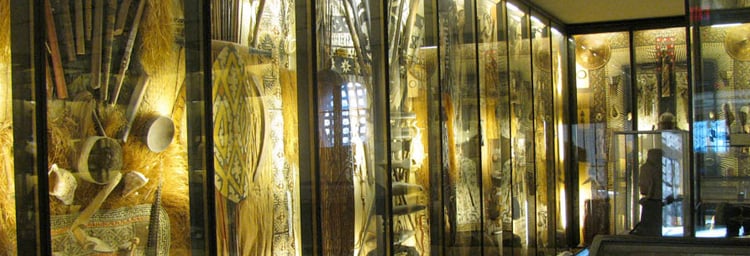One of the main functions of museums is protecting the artwork and artifacts in their care from damage. At the same time, a museum must also display their collections, which involves balancing adequate lighting for proper visibility, while addressing preservation concerns at the same time. Light can slowly cause discoloration and structural damage in materials as it breaks down the molecular structure of dyes, pigments and substrates.
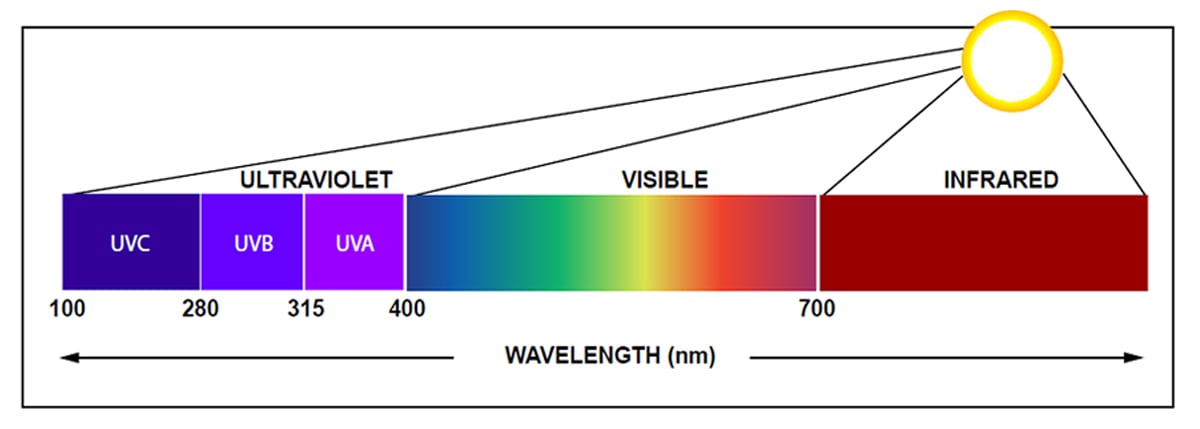 Invisible Ultraviolet radiation (UV) is composed of short wavelengths of light outside the visible spectrum
Invisible Ultraviolet radiation (UV) is composed of short wavelengths of light outside the visible spectrum
While visible light can be held responsible for some of the damage, invisible UV radiation, which lies at the left end of the spectrum, is the most damaging. The shorter UV wavelengths have more energy and greater capacity to produce chemical reactions that accelerate deterioration. Because the negative effects of Ultraviolet radiation are irreversible, it is important for museum’s to reduce their UV exposure as much as possible to protect their collections.
Vanderbilt Museum, a former summer home of William K. Vanderbilt II located on the shore of Long Island, New York, opened in 1950 to showcase his privately assembled natural history and ethnographic collections. Notable for its extensive selection of marine specimens, birds and invertebrates – some of which are over 100 years old - the museum was careful to protect the artifacts from UV light by acquiring hundreds of UV GAMTubes™.
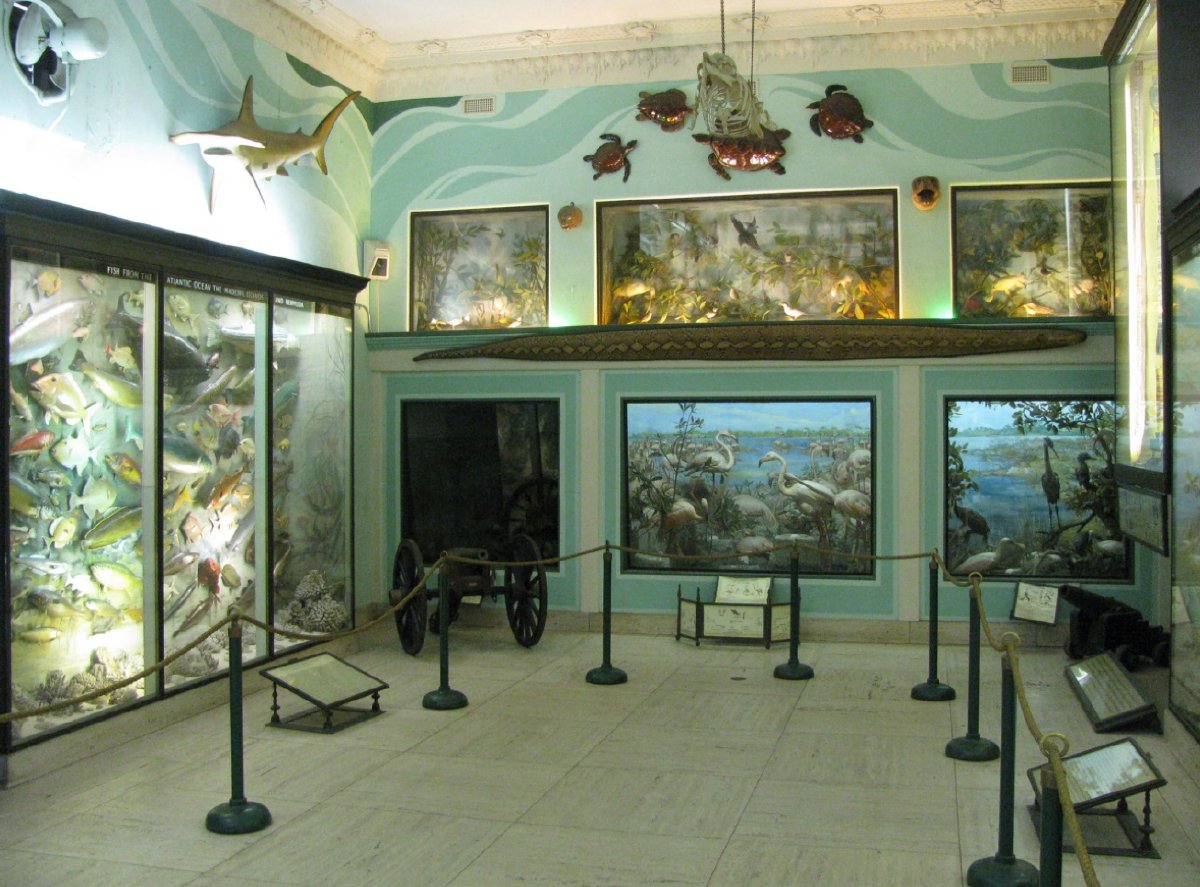 The Vanderbilt Museum's Hall of Fish features organic artifacts that could be damaged by UV exposure
The Vanderbilt Museum's Hall of Fish features organic artifacts that could be damaged by UV exposure
The Vanderbilt Museum uses fluorescent lights in its displays to showcase its organic-based collections. Fluorescent lights, while cost-effective and attractive for display cases, also produce a high UV component. To protect the exhibits from the fading, discoloration and deterioration caused by prolonged UV exposure, Gaylord Brothers provided the museum with three hundred, 100” UV GAMTubes, which are currently getting cut to size for installation inside several of the Vanderbilt's exhibit halls. When complete, the musuem will have covered nearly 800 slim fluorescent light bulbs with our UV-absorbing GAMTubes.
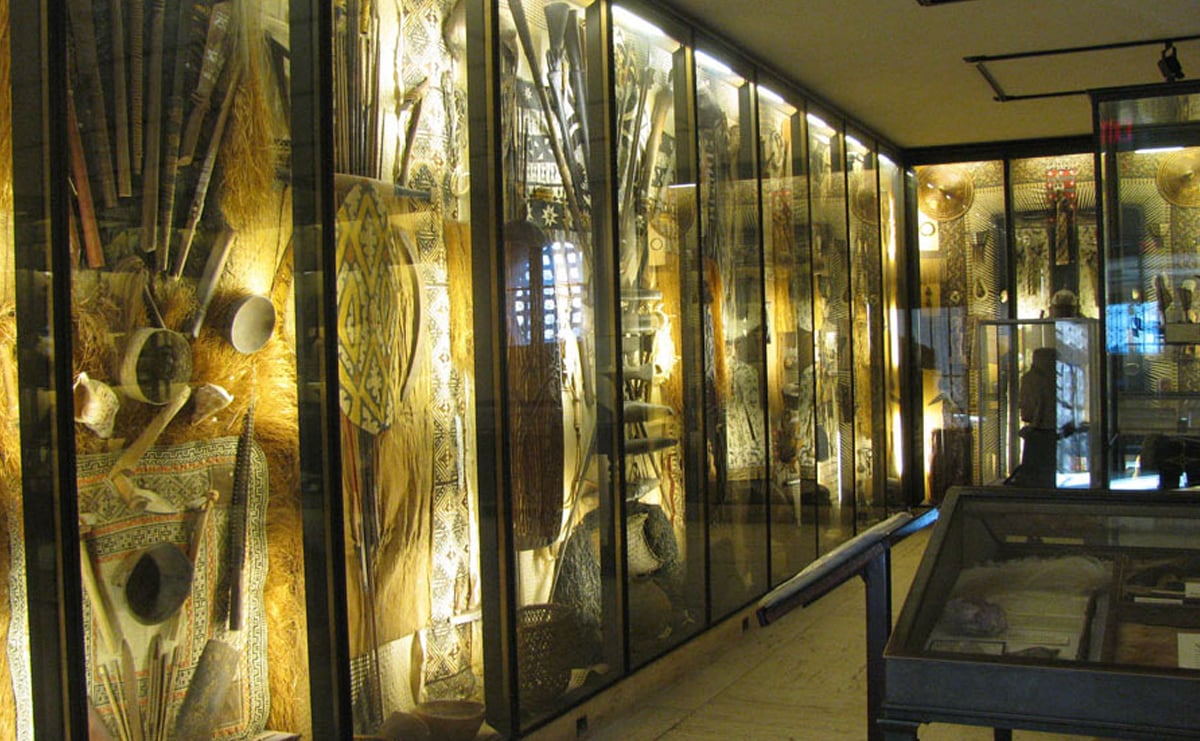 Several of the Vanderbilt Museum's display cases are lit with fluorescent bulbs with UV GAMTubes
Several of the Vanderbilt Museum's display cases are lit with fluorescent bulbs with UV GAMTubes
GAMTubes are available in over 160 different color filters – including GamColor #1510 UV Shield that effectively removes 97% of the ultraviolet radiation in the 200-400nm wavelength band to prevent colors from fading and materials from deteriorating.
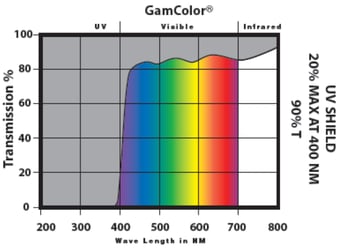
GAMTubes are fabricated to fit T2 - T12 fluorescent bulbs, up to 100 inches long. They fold flat for easy shipping and can be cut to size – like the Vanderbilt Museum did – to fit any fluorescent bulb.

To learn more about the unique collections found inside the Vanderbilt Museum, visit their website: www.vanderbiltmuseum.org. For more information about the product the Vanderbilt Museum uses to protect their exhibits from harmful, ultraviolet radiation, visit the UV Filter product page on the GAM website.
Museum images courtesy of the Vanderbilt Museum
Save
Save

